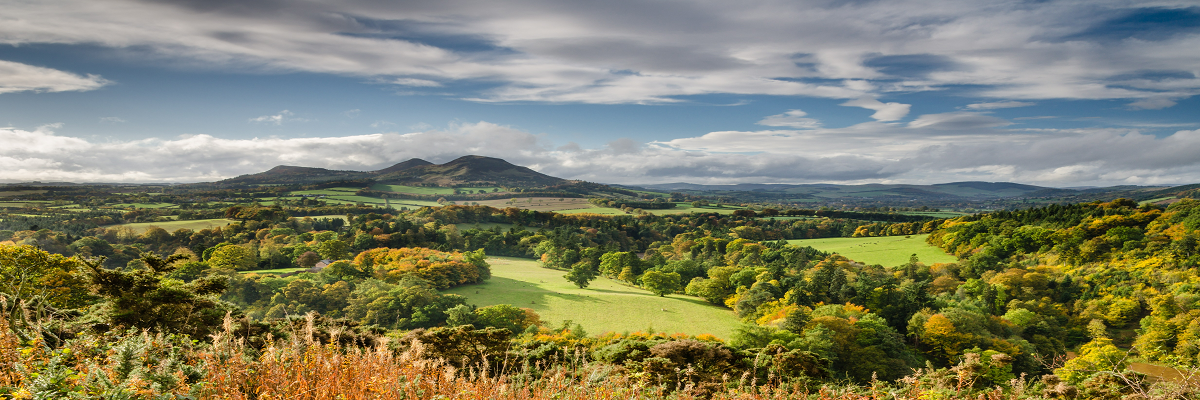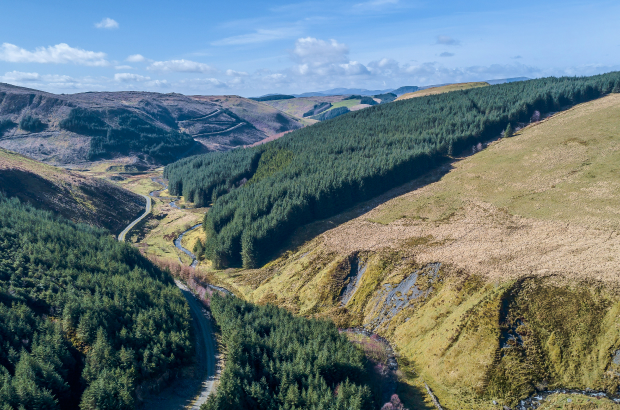Environmental Business Update | March 2025
Policy & legislation
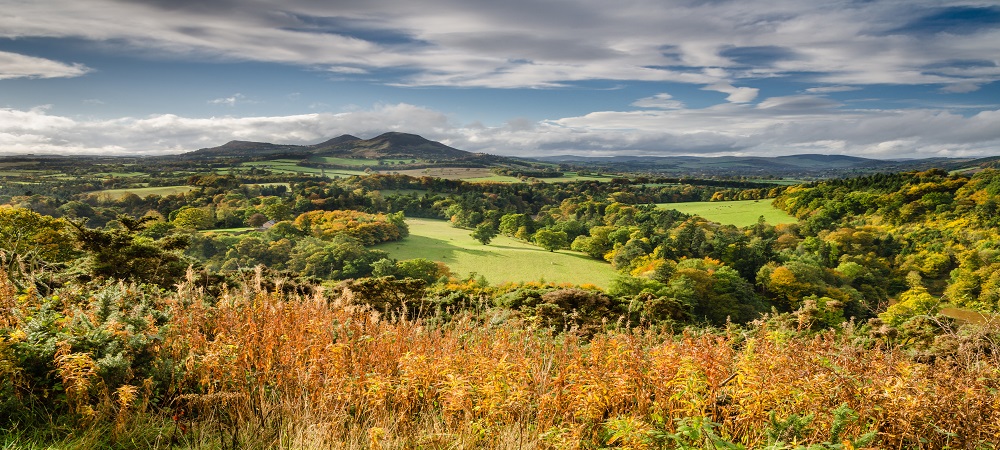
Land use consultation – starting a national conversation
The Government has issued a 12-week consultation on a Land Use Framework for England which seeks to establish the principles, data and tools which can be used to improve decision-making about the competing pressures for land.
It estimates that the total land use change required to deliver the nation’s environment and climate targets and commitments amounts to 1.6 million hectares by 2050, which is around one-fifth of Utilised Agricultural Area (UAA).
This sounds like a large area, but within it, the suggestion is that 9% of the total agricultural land area (or 760,000ha) may need to switch from agricultural use to non-agricultural use. Another 5% (430,000ha) may need to produce climate benefits as well as food and 4% (370,000ha) to incorporate more trees and also continue to produce food. The Government says it is committed to maintaining food production and the impact of taking some land out of food production would be offset by productivity improvements. It also makes the point that the changes are needed to protect food production on all of our land.
Reaction to the document has been, predictably, mixed. However, it is an opportunity to have a much-needed national conversation about land use, with the goal of identifying how it can be optimised in a fair and well-managed way, striking a balance between agricultural productivity and environmental sustainability. Read our In the Know briefing document for a fuller overview. The consultation closes on 25 April 2025.
Natural Environment Bill and Investing in Nature Plan review
The Scottish Government recently announced the Natural Environment (Scotland) Bill and followed it with the ‘Investing in Nature Plan’, which outlines a strategy to enhance biodiversity, address climate change and attract responsible private investment into natural capital.
Natural Environment (Scotland) Bill:
- Nature restoration targets: The act will bind the Scottish Government to setting and meeting targets on biodiversity. The targets will be set out in secondary legislation.
- National Parks modernisation: The bill places greater emphasis on National Parks addressing climate change and biodiversity challenges.
- Deer management reforms: Allows NatureScot to use existing powers on deer control where the population is impeding nature projects or natural processes.
Investing in Nature Plan:
- Mapping investment opportunities: Developing a nature investment prospectus highlighting opportunities to finance biodiversity enhancements.
- Building capacity in nature finance: The creation of a nature finance skills development programme to develop a skilled workforce to deliver biodiversity projects.
- Leveraging public land for biodiversity efforts: Demonstrate collaborative nature restoration across clusters of public land.
- Developing an Ecosystem Restoration Code: Similar to the Woodland and Peatland Carbon Codes, this code would aim to attract responsible private finance by delivering high-integrity projects that restore ecosystems.
There are a number of implications for landowners:
- Collaborative opportunities: Landowners will be encouraged to engage in partnerships to achieve nature restoration goals, potentially accessing new funding streams and technical support.
- Regulatory compliance: Alignment with biodiversity targets may necessitate adjustments in land management practices, particularly concerning deer population control and habitat restoration.
- Investment potential: The framework facilitates ways for landowners to attract private investment, enhancing both ecological value and economic returns.
These initiatives reflect a strategic approach from the Scottish Government to mobilise resources and stakeholders in safeguarding Scotland’s natural heritage and there is opportunity for landowners who position themselves as pivotal contributors to environmental stewardship and climate resilience. Please contact Joel Paterson if you would like to discuss any of the above.
Biodiversity Net Gain – one year on
A year has passed since the Biodiversity Net Gain (BNG) regime became a mandatory part of the planning regime. Most new planning permissions are now granted subject to a condition that the development must deliver a minimum 10% increase in biodiversity relative to the pre-development biodiversity of the site. Developers have the option of providing BNG on-site (which is the preferred option in planning terms), off-site (as near to the development as possible) or by purchasing credits from Natural England (although these are deliberately priced very high so they are a last resort).
To date, our experience suggests that large development sites (and large developer businesses) are more able to meet BNG demand on-site. The bigger sites offer more space for the BNG areas and the opportunity cost of providing land for biodiversity is considered to be lower. Smaller sites (and smaller developer businesses) often find it more difficult to deliver on-site solutions and are more likely to require off-site units, albeit at relatively small scale.
In terms of the implications for landowners, this means the demand for BNG units is currently lower than anticipated and difficult to predict both in size and geographical location. However, off-site provision will still provide a revenue-generating opportunity for some landowners. We can introduce developers to landowners willing to create long-term BNG sites and negotiate the terms for the delivery of the units. If you would like to discuss BNG, please contact Jonathan Armitage.
Implications of revisions to UK Forestry Standard guidelines
The UK Forestry Standard (UKFS) is the ‘bible’ which defines how forests and woodland must be planned, planted and managed and applies across the whole of the UK. A revised 5th edition took effect from 1 October 2024 and applies to all woodland creation and restocking projects.
One of the most significant changes is a reduction in the percentage of any single species allowed when creating new woodland (or restocking) from 75% to 65%. Officials argue this will help to mitigate the risks from climate change and pests and diseases by reducing the level of Sitka spruce in a plantation. However, our view is that the move is counterproductive and there is not the evidence base to support it. Sitka spruce thrives in upland areas, where conditions are wet and windy. Its fast growth enables short, 30-year rotations, reducing climate risks compared with slower-growing species like Scots pine. Making woodland more diverse is a laudable aim, but there does come a point when it becomes uneconomic. Rather than end up with more diverse woodlands, this change may simply result in less woodland. This reduced percentage certainly doesn’t make the challenge of achieving the massive increase in afforestation needed by the Government any easier. For more information, contact Simon Hart.
Taskforce for Nature-related Financial Disclosures – what might it mean for landowners?
The Taskforce for Nature-related Financial Disclosures (TNFD) framework is a set of voluntary guidelines to enable businesses and financial institutions to better understand and mitigate their impact on nature. It works in the same way as the Taskforce for Climate-related Financial Disclosures (TCFD) has for carbon. It is expected to affect landowners in the following ways:
- Supply chain scrutiny: Landowners who supply larger organisations will probably be asked to disclose their nature-related risks, opportunities and impacts. This is because these organisations will need the data to meet their own TNFD reporting obligations.
- New market opportunities: The TNFD is expected to drive investment into nature-based solutions. Landowners may find new income streams through activities like carbon sequestration, biodiversity credits or ecosystem restoration projects.
We think that landowners who can measure their impacts on natural capital will be best positioned to benefit from emerging opportunities related to the TNFD. For more information, read our fuller article.
Grants & support
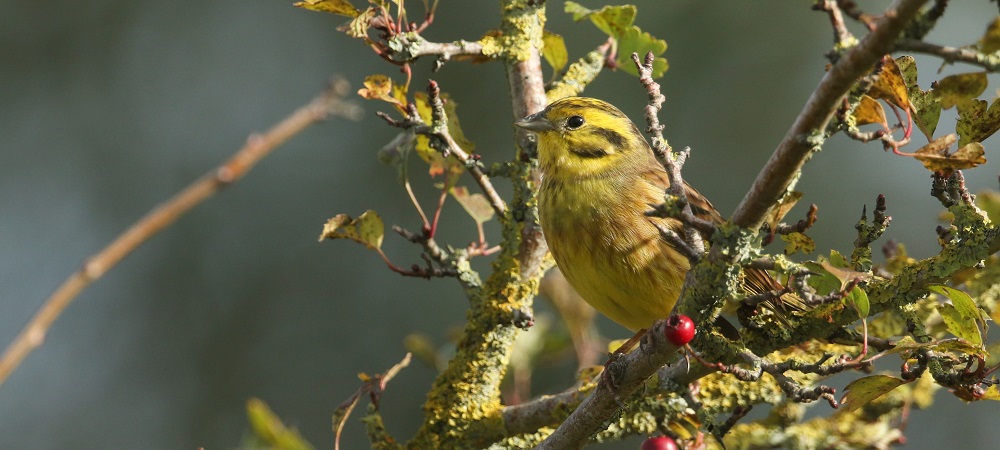
Staying compliant with Sustainable Farming Incentive (SFI) rules
The news that Defra has brought the 2024 SFI offer to a close because it has allocated all of its budget has left the farming industry in shock. Defra has said that it will announce details of a reformed version of the scheme once it knows the outcome of the Spending Review, but there is likely to be a significant gap before it actually reopens.
Those farmers who have successfully signed up for a SFI agreement are reminded that one of the terms and conditions is that they must be able to provide evidence that they have established and managed each action in a way that could ‘reasonably be expected to achieve its aim’.The scheme is monitored by the Rural Payments Agency (RPA) through a combination of inspections, remote monitoring and desk-based administrative checks.Evidence must be provided if the RPA requests it and it also needs to be kept for at least seven years from an agreement’s end date (or its termination date if earlier). Our farming team has some top tips on collecting and storing the required information and how to avoid some common pitfalls.For more read In the Know: Top tips on staying compliant with SFI rules or speak to Jonty Armitage, our Head of Farming.
Opportunity for unrestricted hedgerow funding
The Agri-Environment Climate Scheme (AECS) is now open for applications. It pays for land management practices which protect and enhance Scotland’s magnificent natural heritage, improve water quality, manage flood risk, preserve historic sites and mitigate and adapt to climate change.
A key change for the 2025 scheme year is the removal of restrictions on the amount of hedgerows and pond creation and restoration that can be applied for. However, the slurry storage option and Improving Public Access (IPA) elements have been removed.
Almost all valid applications submitted in 2024 cleared the scoring threshold for approval, which suggests that the scheme is not being oversubscribed and 2025 applicants should also have a high chance of success. The application window for the agri-environment options of the AECS is open until 12 June 2025. For more details contact Stevie Whiteford.
Woodland planting figures and forestry grant budgets
The recent Mid-Scotland Spring Scottish Forest and Timber Technologies event focused on woodland carbon. It was chaired by Simon Hart, our Head of Forestry, Scotland. During the event Matt Young, Scottish Forestry’s acting Conservator for Perth and Argyll, gave an update on Scottish planting figures and forestry grant budgets.
Over 9,800 hectares of woodland have been planted in the 2024/25 planting year. Whilst it is more than the rest of the home nations, it is still well below the desired target.
The claim deadline for 2024/25 has been extended to 15 May, giving an additional six weeks to complete planting projects. This is a welcome move by the regulator, aligning claim years more with the planting season and the SAF submission date, rather than their financial end of year. The sector is keen for it to happen every year.
On the heels of this was the very positive announcement that the Scottish Government has increased next year’s forestry grant budget by an additional £6 million, a large portion of which will be allocated to new planting. However, Matt warned that any grant funding that is not used / spent is likely to be recouped making it harder to justify requests by the forestry sector for increases in future grant budget.
Our takeaway from these announcements is that the Scottish Government is making moves in the right direction. However, there is still some way to go to build enough confidence and trust between landowners, the Government, the Woodland Carbon Code and investors before the ambitious target of achieving 18,000 hectares of new woodland per year in Scotland can become a reality. For more details or to speak about woodland creation or carbon, please contact Sasha Laing.
Climate change adaptation & mitigation
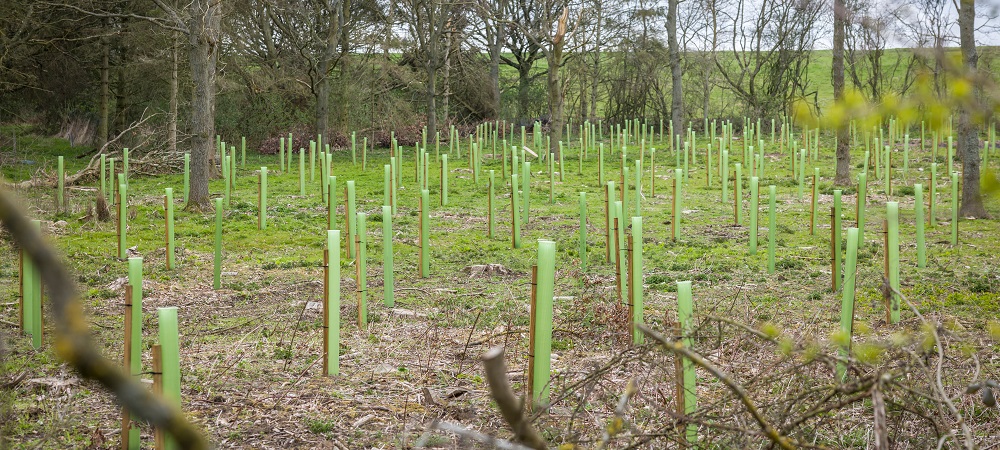
Evidence shows the value of trees in flood management
Woodland can slow flood waters by up to 50% and provide a range of other benefits, according to updated research from the Environment Agency, which recently published a new Working with Natural Processes Evidence Directory which summarises the latest evidence for 17 different natural flood management measures based on more than 700 scientific papers.
The review shows that catchment woodland can reduce the height of flood water, with the greatest reductions during smaller events. One study in Cumbria suggested the flow of flood water was slowed by 14-50% in woodland compared to pasture. New evidence also demonstrates the benefits of combining multiple natural flood management measures. The five-year Littlestock Brook trial on the River Evenlode in Oxfordshire, which ran from 2016 to 2021, tested several measures at the same time, including putting in woody dams, creating 230m of new water courses, and planting 14 hectares of new woodland. Results from the trial showed reductions in the height of flood waters of up to 55% across all the storms analysed. For the full details, read Natural Flood Management Evidence.
Engineered carbon removal – will it eclipse nature’s role?
The race to net-zero has intensified interest in engineered carbon removal technologies like Direct Air Capture with Carbon Storage (DACS) and Bioenergy with Carbon Capture and Storage (BECCS). These technologies are still developing and we take a look at what they are and how they might impact demand for nature-based solutions, such as woodland creation and peatland restoration.
- DACS – extracting CO₂ from the air: DACS uses chemical processes to capture CO₂ directly from the atmosphere and then stores it underground. The International Energy Agency estimates that the DACS carbon removal potential will be 0.5-5 gigatons (Gt) of CO₂ per year by 2050. Companies like Climeworks and Carbon Engineering are scaling up operations. Climeworks’ Orca plant in Iceland captures 4,000 tonnes of CO₂ per year, while their Mammoth plant aims for 36,000 tonnes, so still small amounts. High energy demands and costs remain barriers and the current costs are between $135-$338 (£107-£268) per tonne of CO₂ captured.
- BECCS: Burning and Burying: BECCS involves growing biomass, burning it for energy and capturing the emitted CO₂ for underground storage. It could capture 1.5-6.5 Gt of CO₂ per year by 2050. Drax Power Station in the UK is piloting BECCS, aiming to capture 4 million tonnes of CO₂ annually by 2030. However, in the UK, there is a potential conflict around land use change and competition with food production.
While engineered carbon removal technologies hold promise, their scalability and cost-effectiveness remain uncertain. Engineered carbon removal deployment at the gigaton scale needed for climate targets is decades away, while nature-based solutions can deliver immediate and cost-effective carbon removal, as well as other benefits for wildlife, so remain a long-term opportunity for land managers.
Environmental insights from our team
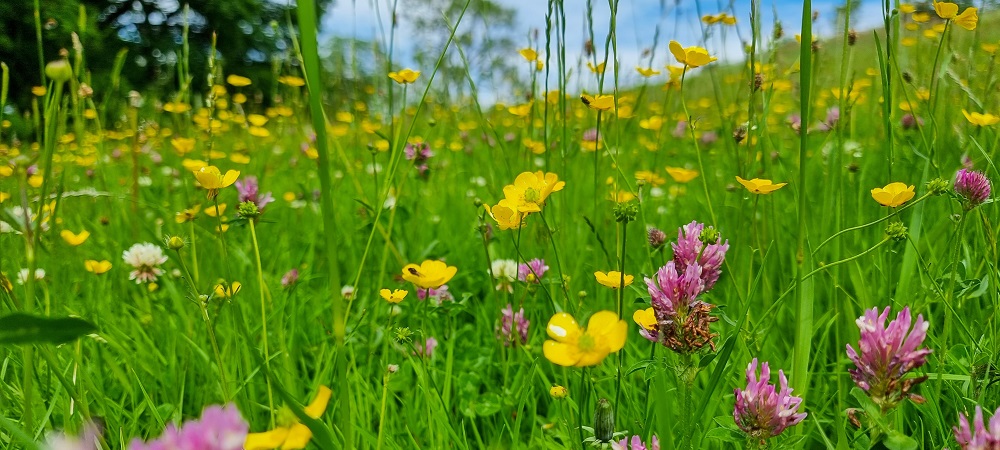
2025 LEAF Conference on adapting farming systems to climate change – it’s a ‘fixable problem’
We were delighted to host the 2025 Linking Environment and Farming (LEAF) Conference at our HQ in London. It brought respected speakers from across the globe together to share their perspectives on the topic of climate change adaptation in relation to farming systems.
The Natural History Museum is one of the world’s largest biodiversity research institutes, so it was fascinating to hear from its director, Dr Doug Gurr. He warned that if you examine historical records and direct evidence on climate change, we are ‘potentially decades, not centuries away from the next mass extinction event’. The good news, he said, is that it is a ‘fixable problem’ and he was optimistic the level of atmospheric carbon dioxide can be stabilised, which would mean the Earth’s temperature will also stabilise. However, this is only one half of the equation and protecting nature also has to be prioritised, as biodiversity is the ‘engine of evolution’ and if we keep on reducing variety, we reduce resilience.
He explained that research shows that if every country in the world protects the most important 30% of their land and oceans then the net result is that you end up protecting 90-95% of the Earth’s ecosystem services. This means the single most important question there is about protecting nature is ‘where’. Watch the full recording of the event here: LEAF Conference 2025: Profit, Risk & Transformation
The importance of stakeholder engagement
A key to the success of many projects is bringing together the people who can assist or will be impacted by a project, to share and even help develop the vision for the land and the wider landscape.
On a 2,500-acre estate in Sussex, partially within the South Downs National Park, a client has developed a vision for returning 300 acres of marginal farmland back into ancient wetland and heathland habitat. With two significant landowning neighbours, a major water network and a National Park authority in the mix, it has been vital to engage with everyone as early as possible, promoting the project and obtaining buy-in from those on the ground and within the wider community.
Natural England and the Forestry Commission have played a vital role in creating successful engagement, but the client has been the driving force. Having developed a vision with the assistance of a landscape architect, he has proactively worked to create a project team who can help shape the project and communicate effectively with the vast stakeholder community. The project is currently conducting surveys within a PA2 Feasibility Study agreement with the Rural Payments Agency. The next step will be to work with Natural England to create a detailed Higher Tier Countryside Stewardship application, based on the findings of the PA2 surveys, enabling us to take the project one step further towards the client’s objectives and delivering his vision.
